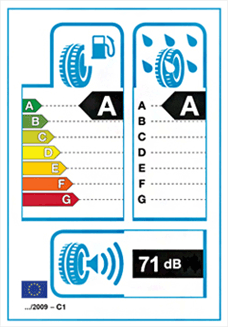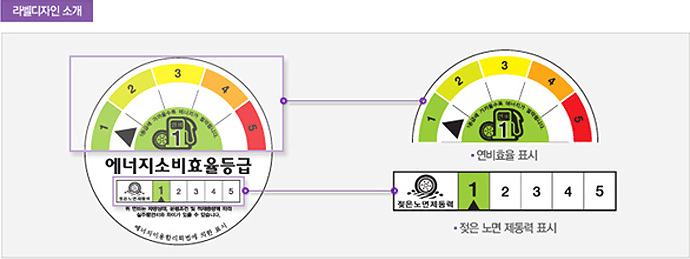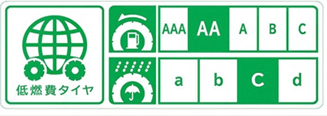본문 기사 내용
Many people, when they buy a car for the first time, say to the dealer, “which car has the best fuel economy.” Even those who know next-to-nothing about cars still know that fuel efficiency is an important factor in purchasing a car. Fuel economy represents the ratio of distance travelled by an automobile per unit of fuel consumed. In Korea, the Korea Energy Management Corporation measures the fuel efficiency of automobiles before they are put on sale and makes public the measurements through its website. Such measurements are called the vehicle’s certified fuel economy, which must be displayed on every automobile on sale or on any advertisement of an automobile.
The fuel economy of an automobile depends on several factors: a good engine, light body, and efficient transmission to name a few. Unfortunately, cars with higher fuel efficiency are usually more expensive. Still, higher fuel efficiency can be achieved by a few regular checkups and better driving habits: avoiding hard braking, keeping your windows shut at high speeds and regularly checking your tire pressure, to name a few.
Here are some tips that can help raise your fuel efficiency.
First, don’t let your car idle too long. There is a myth that a warm-up is required for your car prior to starting in winter times. Only a couple of minutes of idling will do even in winter unless your car dates back to before the 1990s. At other times idling should be limited to 20 to 30 seconds. Idling at low engine temperatures consumes 30 percent more fuel and shortens the life span of your car.
Second, avoid any sudden departures or hard braking. Habitual sudden departures and hard braking also lead to extra fuel consumption and thus reduce fuel efficiency: every 10 times you suddenly set off or are hard on the breaks consumes an extra 50 cc of fuel. In addition, hard braking can be dangerous on icy or wet roads, as it can cause your car to skid and the braking distance to increase by 2 to 3 times.
Third, check your tire pressure regularly. If your tire pressure is low, its contact with the road widens and suffers greater friction, which will cost more fuel. Experts say that your tire loses 4 percent of its pressure on average every month and up to 7 to 13 percent of fuel can be saved by keeping your tires properly inflated. Make sure that they are checked at least once every month.

- Tires, like automobiles, are rated according to their contribution to fuel efficiency. Such a system of tire ratings was initiated in Europe and is now mandated in several countries, including Europe and Japan. In Korea, tire ratings and labeling for fuel efficiency commenced on a voluntary basis in December 2011 and was legalized in December 2012. The U.S.A and China are expected to follow suit soon.
The scheme of labeling tires based on their fuel economy (“tire labeling scheme") allows consumers to choose tires with higher fuel efficiency, as is the case for labels indicating the energy efficiency of consumer electronics such as refrigerators and microwaves.
For your information, let’s take a look at the tire labels in selected countries. First, turning our attention to Europe, where the tire labeling was legally adopted for the first time in the world, the tire labels there indicate rolling resistance, wet grip and noise. Interestingly, noise is not included in tire labels in Korea and Japan.
The tire label to be introduced in Korea will indicate rolling resistance and wet grip on a five point scale from 1 to 5, respectively. In the past, consumers found it hard to know about the performance of the tires they purchased. Now, they can make an informed decision on their tires, as the tire label contains useful information such as rolling resistance and wet grip. The tire label will be applicable to every OE and RE tire marketed in Korea, whether they are locally manufactured or imported. Passenger car and light truck tires will be among the first to be subjected to the labeling scheme, followed by heavy duty and bus tires.

In Japan, the Japan Automobile Tire Manufacturers Association formed a committee to promote tires with high fuel efficiency responsible for setting up tire rating standards and marking guidelines. Starting in January 2010, tire manufacturers indicate on a voluntary basis the energy efficiency grade of each of their tires marketed in the country. Unlike Korea, rolling resistance is marked on a five-grade scale (AAA, AA, A, B, and C) and wet grip on a four-grade scale (a, b, c and d).

- The tire labeling scheme will help consumers reduce an impact on the environment improve their fuel efficiency, resulting in more of them choosing tires on their own rather than relying on the dealer's recommendation or suggestion.


















